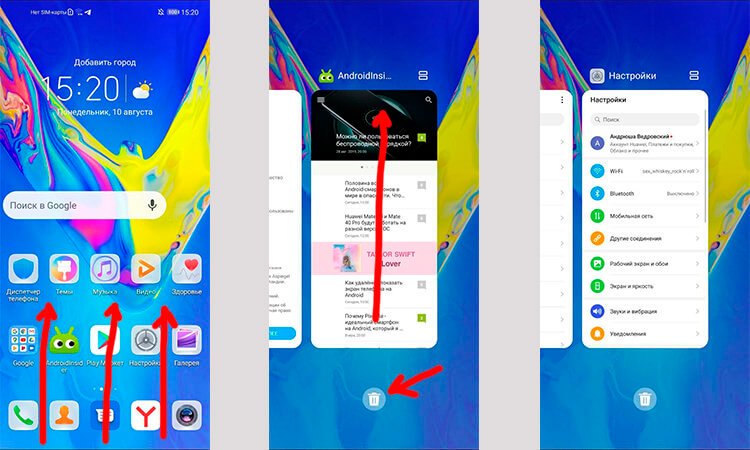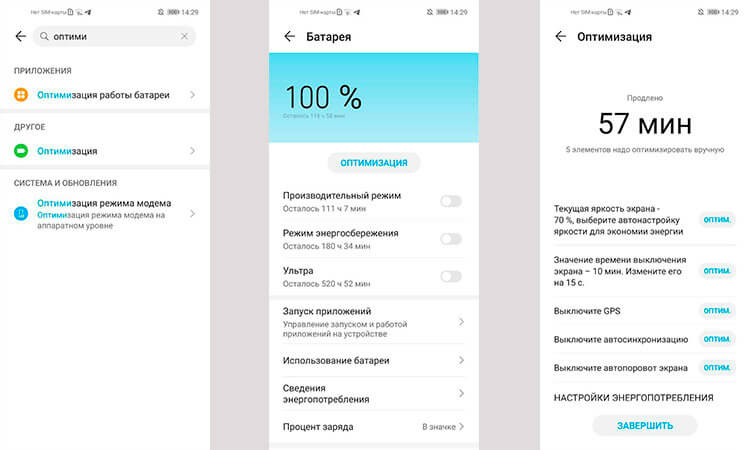In our Telegram chat, various questions are often asked, how to do this or that on Android. We try to answer the most frequent questions on our website, preparing separate articles with detailed answers. This time we will talk about how to properly close applications on Android. For all the seeming simplicity of this action, this question still remains quite popular. Perhaps the fact is that there are several ways to close the application, and many more think that they have closed it, but in fact they did not. Therefore, let's figure out what needs to be done and how it is done correctly.

To close or not to close? That's the question.
Do I need to close applications on Android
The question of the advisability of closing applications on Android has always caused a lot of controversy, especially in relation to demanding applications. The fact is that not all users know that if they press the Home button and get to the main screen, the application will most likely continue to run in the background anyway. If we are talking about a messenger, address book or calculator, then you should not worry, but there are other options.
Some applications in the background can not only drain the battery, but also consume traffic or even send data to the server that you would not like to share. I'm not talking about viruses, which were discussed in separate articles. I mean sending your location in real time or something like that, that is, completely legal actions.
On the computer, everything is simple – I pressed the cross (or command + Q on MacOS) and the application closed, but on Android and iOS they just go into standby mode when you return to the main screen, and with this must be fought.

Everything is easier on a computer. I pressed the cross and closed the application.
How to close application on Android / h2>
The process of completely closing applications is sometimes called “knocking out memory”, since the application itself, hanging in the background, takes up a small amount of it. The downside of such knocking out is that the application will have to be restarted and view all screensavers, if any, but sometimes it is simply necessary and there are several ways to do it correctly.
The easiest way to close the application at Android
The easiest way to knock an app out of memory is to hit the multitasking button at the bottom of the screen, next to the Home button and the Back button. Further, all applications in the form of cards will open in front of you. Different manufacturers offer different types of such display in their shells, but the essence remains the same.
After they open, you can see all applications that you have not closed, but minimized. You can completely close them either by clicking on the cross in the corner of the card (sometimes a trash can is displayed instead of it), or by swiping to the side or up, in contrast to how they are located.

In my case, you can use swipes and the 'cart' button.
If you do not have navigation buttons at the bottom of the screen, then you have gesture control, and most likely the application menu is invoked with a swipe. You have to slide your finger from the bottom of the screen and not hold it for long.
On some smartphones, such a swipe first opens the application menu, and then goes to the list of all applications. If you cannot find how to do this, look in the settings menu (you can search) for the section “Gesture Control” or something like that. It will describe in detail which swipe is responsible for what. It is also shown during the initial setup of the phone.
How to close the application through settings
Another way to close the application is through the settings. It will give you much more control. There you can even uninstall the application, restrict its operation in different modes and see how much memory it takes on the phone.
If you choose this path, then you will need to open the phone settings, select the “Applications” section, then select “Applications” again (or go to the “all” tab, if the list has already opened), and then see what you have at all , and go to the settings of the desired application. There will be all the detailed information about him, as well as the buttons “Stop” and “Delete”. Choose what you need, confirm the action and you're done.

So you can stop or uninstall the application through the settings.
If any button is inactive, it means that the application prohibits this action. Perhaps it is systemic and just like that it cannot be stopped, let alone removed.
Optimization Android
There is another way that will shut down some applications, improve system performance, but will not require any additional action from you. It is called optimization and is also located in the phone settings, being a standard utility Android.
Open your phone settings and find the item “Optimization”. The easiest way to do this is to search for settings. At the top of the menu. When you open this section, you will be asked to decide what you want. You can simply study the statistics or click on the “Optimize” button and the system itself will stop unnecessary processes, freeing up not only resources for you, but also additional battery life. In my example, this is an extra hour of use.

It seems to have done nothing, but plus an hour to autonomy.
Should I stop applications at Android
Here everyone must decide for himself whether he should stop applications at Android. For myself, I have already worked out a chain of actions automatically. When I launch an app that I use once a month, I always close it. If I used maps, I try to do it too. But when it comes to messengers, I leave them minimized.
I do the same with other applications that are not particularly demanding on the phone, but I use them all the time. Task schedulers, reminders, instant messengers, calendars, a dialer (of course) and other similar applications hang in the background, because there is simply no point in wasting time closing them, and after 20 minutes wait an extra few seconds until they start.
